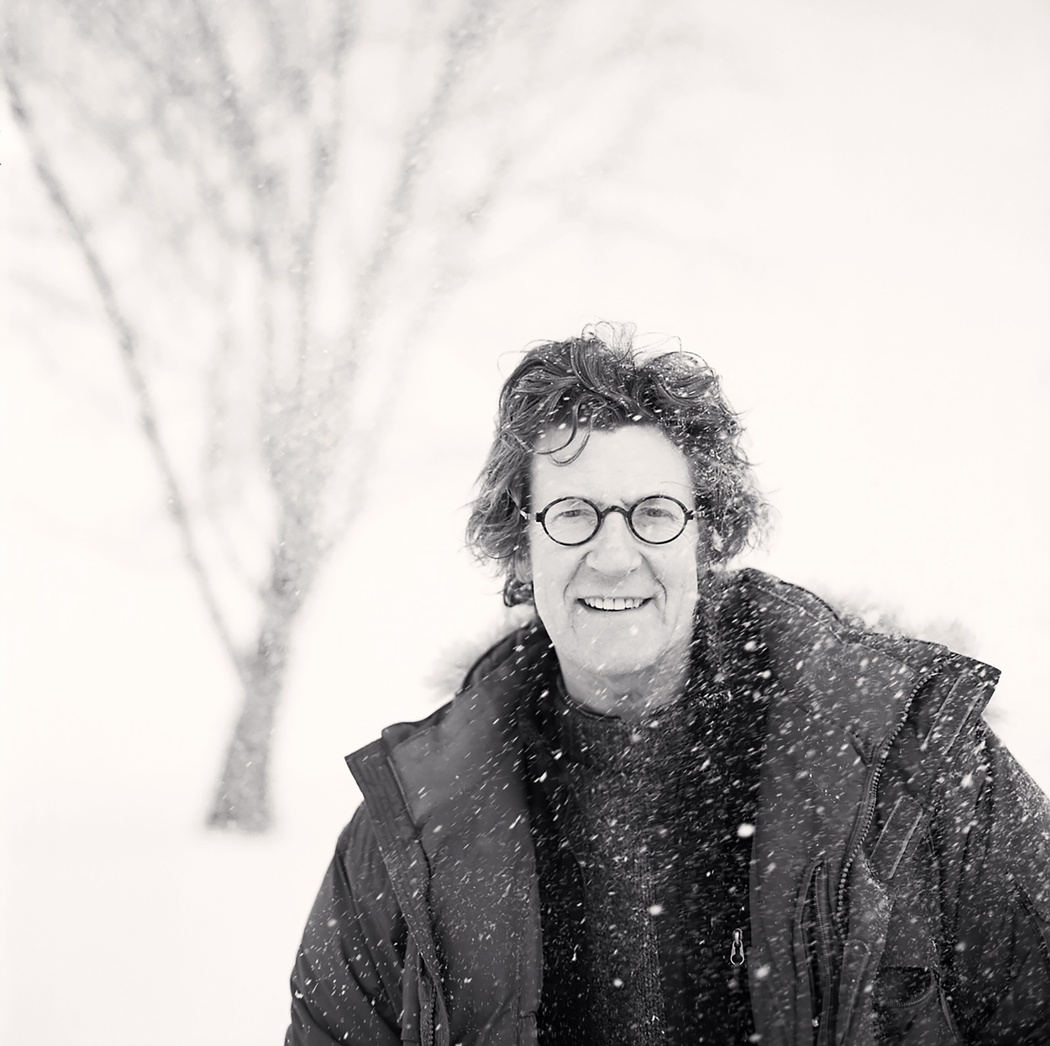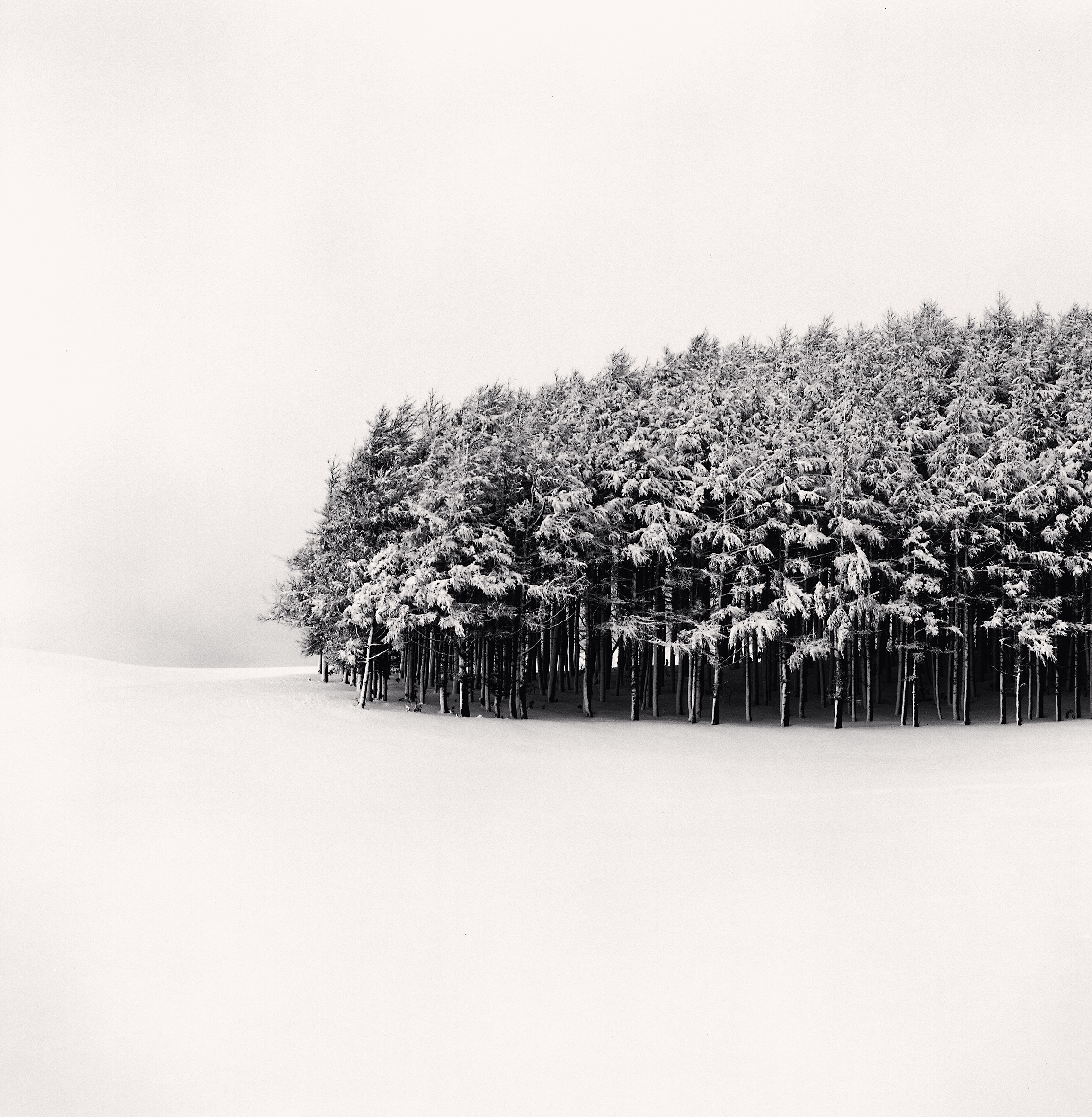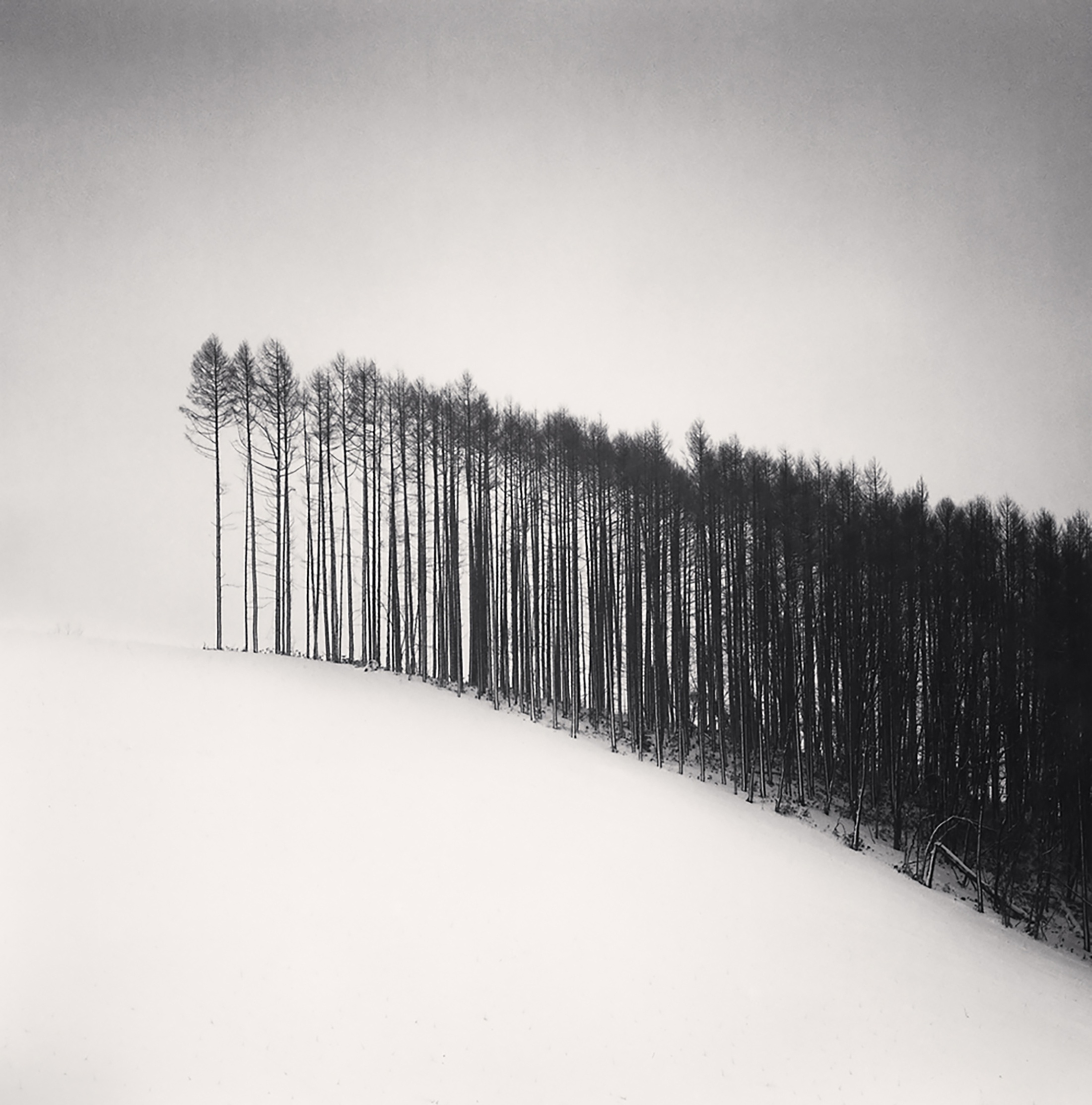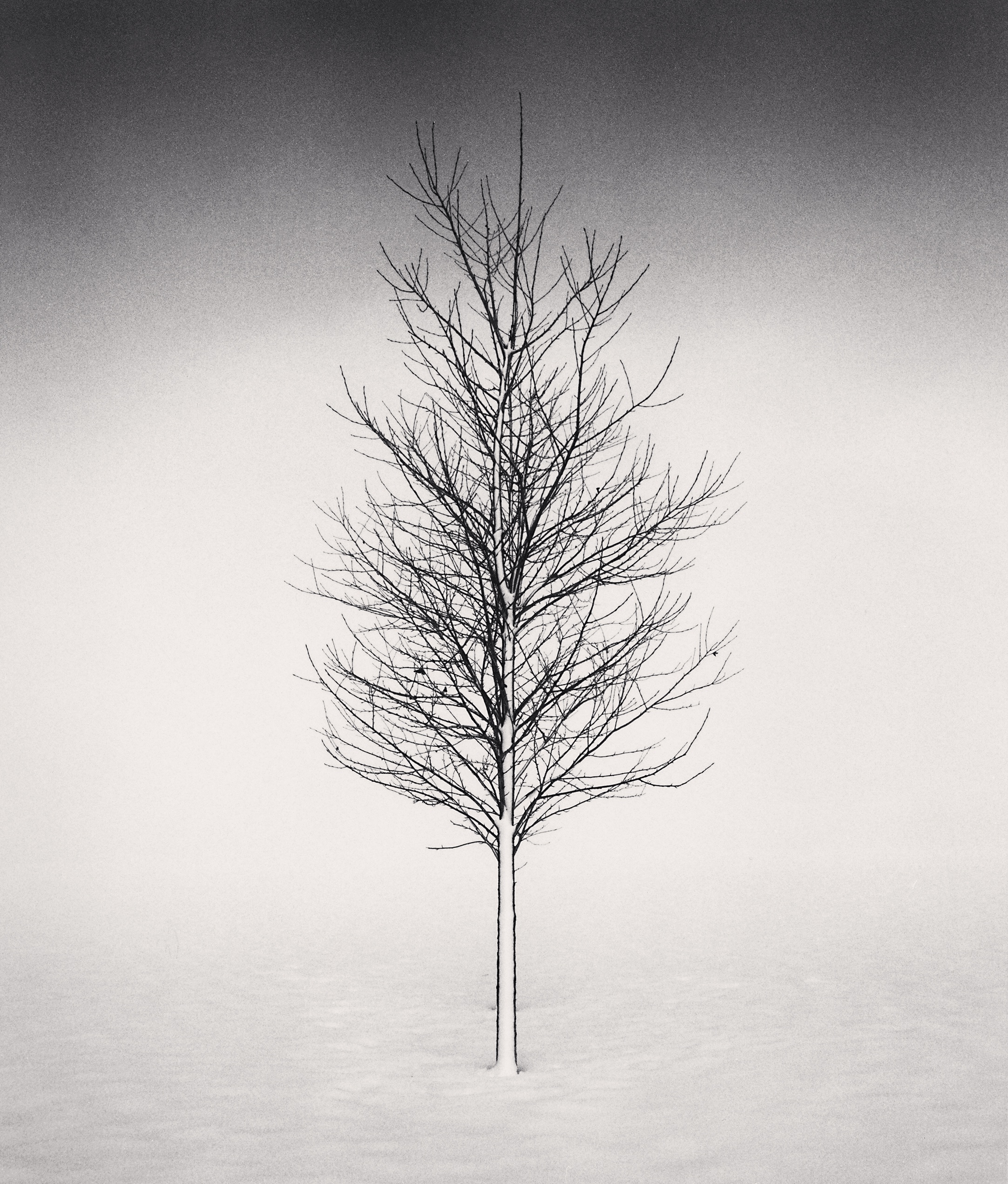
Michael Kenna discusses his love of Japan, and the stories behind three of his most celebrated works made between 2002 and 2004...
"Japan lives within me. When I am not there, I think about when I will return. Japan is a relatively small country, reserved, inhabited for centuries, surrounded by water, every patch of land and segment of seafront containing traces, memories and stories from the past. This is geographically similar to my homeland of Great Britain. Japan is a visual cornuccopia with omnipresent interactions between water and earth, and constantly changing seasons and skies. There is an engaging intimacy of scale in its terrain, and in the deep sense of history contained in its earth. Japan is also a volatile place, sometimes unpredictable and potentially dangerous, with typhoons, earthquakes and tsunamis possible. Japan is a country where the land is alive and powerful, where the elements are strong. Experiencing Japan cannot help but accentuate an increased awareness of the exquisite beauty, fragility and fleeting nature of our world." Michael Kenna, 2015

White Copse, Study 1, Wakkanai, Japan 2004 © Michael Kenna
"There are many sorts of snow, which leave different impressions on the landscape. In this case, a wet snowfall throughout a windy night effectively painted this copse of trees white. It created an almost negative effect. Tree trunks and leaves which are normally dark, became white, leaving shadow area to create a mysterious sense of space. Both foreground and background wrap and encase the trees, allowing the trees to move forward in space. They appear to float towards the viewer. This was a wonderful moment for me. All I had to do was to make the picture. Nature had already done all the hard work and I remember feeling extremely nervous that I was going to make a mess of it! Fortunately, I was able to act and perform as a responsible medium. At best I would say that I was an enthusiastic collaborator on this image and I certainly take little credit for it being such an amazing sight. The first print was made in 2004 and the edition of 45 sold out in 2008. The print is in the permanent collection of The Yale Centre for British Art, New Haven, Connecticut, USA." Michael Kenna 2019

Forest Edge, Hokuto, Hokkaido, Japan 2004 © Michael Kenna
"This elegant line of trees appeared right before me as my Hokkaido guide and I were driving around the Furano area looking for interesting locations. We turned a corner and there they were on the hillside - an absolutely astonishing sight. The photograph itself was made with a 250m telephoto lens and a straightforward exposure of a fraction of a second. I strongly suspect, but don't know for a fact, that the trees have since been cut down as I never seen them again despite many return travels to this region. In the darkroom I have to manipulate the printing a great amount in order to balance the foreground with the background, and maintain an even progression in the tree line from grey to black. This is a difficult print to make. The first print was made in 2005 and the edition of 45 sold out in 2012. The print is in the permanent collection of the Bibliotheque Nationale de France, Paris, France." Michael Kenna 2019

Tree Portrait, Study 1, Wakoto, Hokkaido, Japan 2002 © Michael Kenna
"Perhaps I was more intrepid seventeen years ago, or I have just learned a few lessons in survival since. Driving solo in a Hokkaido winter is probably not something that I would do now. I discovered this tree, or more accurately these trees, while out one cold, early morning exploring around Kussharo Lake in North Eastern Hokkaido. Earlier I had spun my car around 360 degrees on an empty, frozen road. Later, I had to be pulled out of a snow covered ditch by a passing truck. Between these moments of driving challenges I found some beautiful locations. One of which was Wakoto where these young trees were experiencing their first winters. I use the plural noun because the tree we see in the photograph has a smaller tree behind it. It is just possible to see the shadows of its tree trunk behind the front tree trunk. As a result the front tree appears to have more branches than would be normal. It had been a snowy night and the temperature was still a long way below freezing, so the young trunks themselves are still covered. I have revisited this tree almost every year since and have photographed its growth. Someday I will print them all. The small tree behind has long since disappeared. The first print was made in 2002 and the edition of 45 sold out in 2009. The print is in the permanent collections of The Yale Center for British Art, New Haven, Connecticut, USA, and The Portland Art Museum, Portland, Oregon, USA." Michael Kenna 2019
